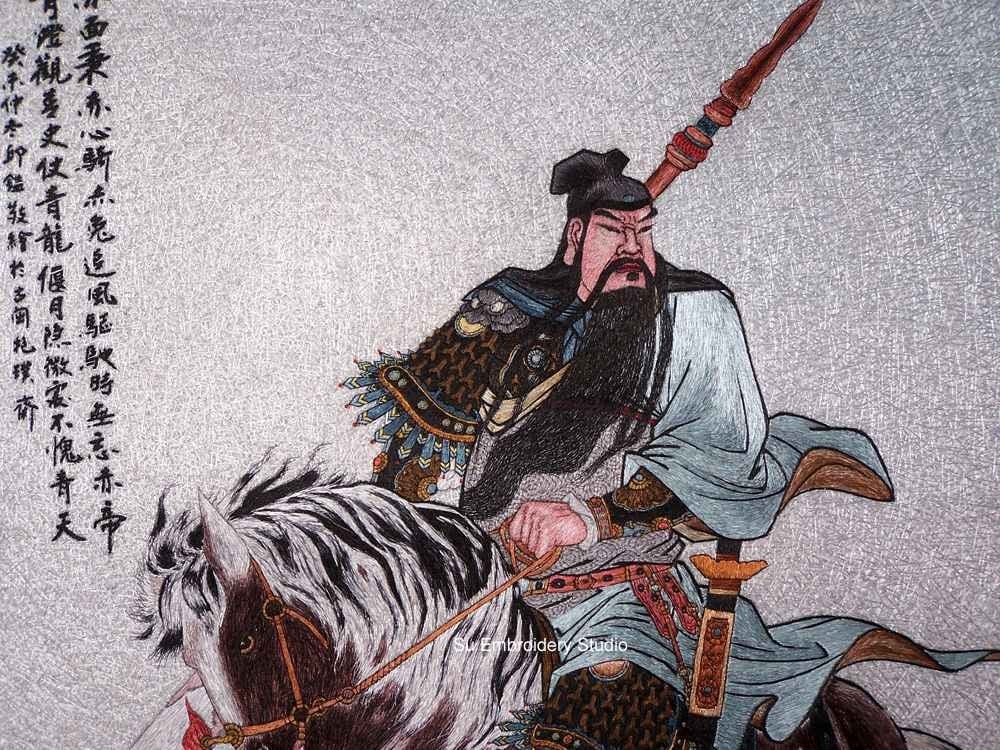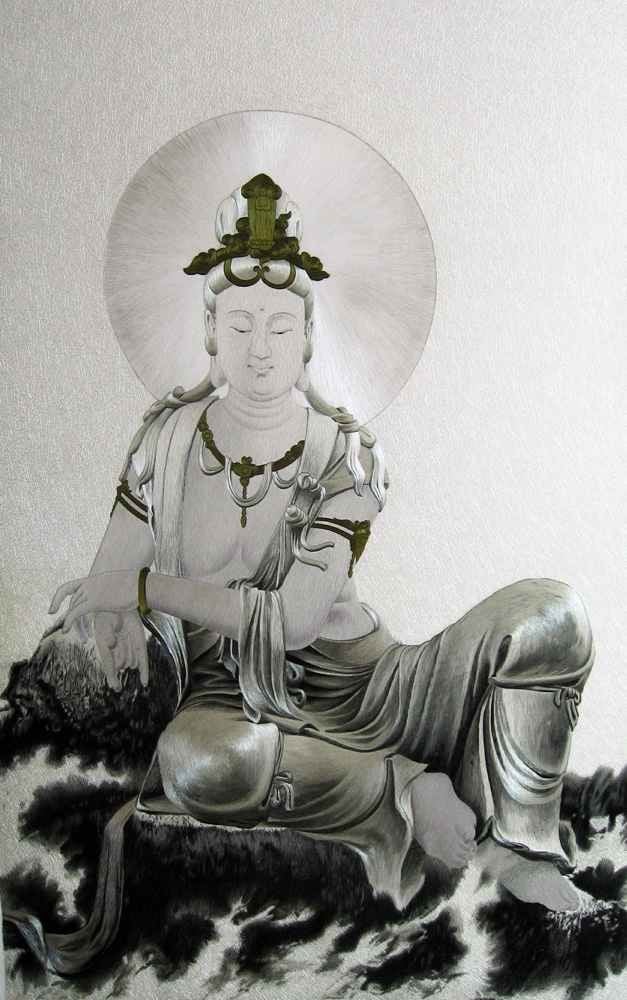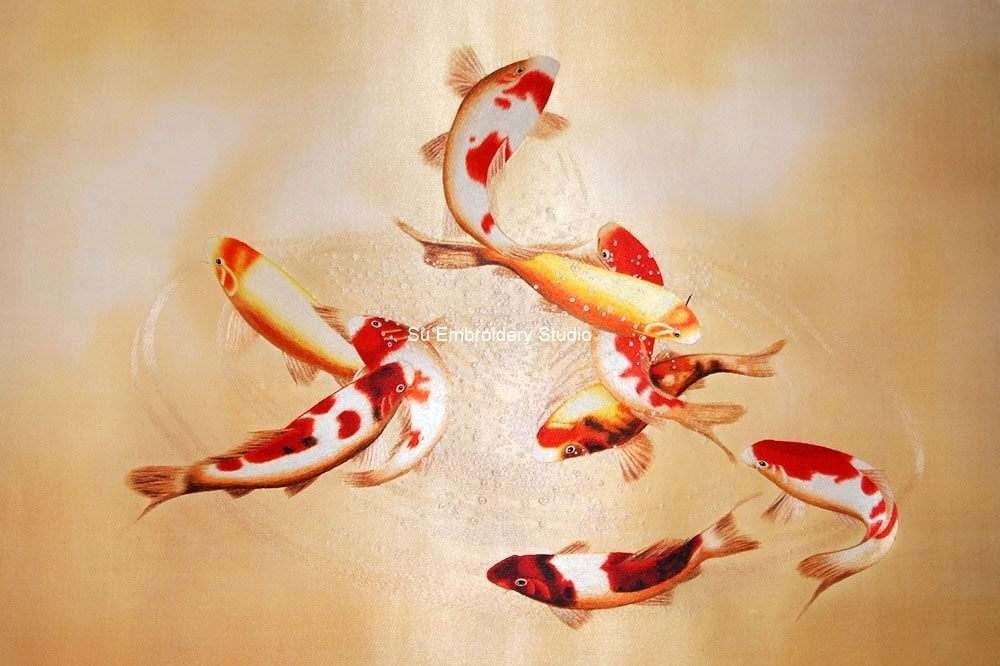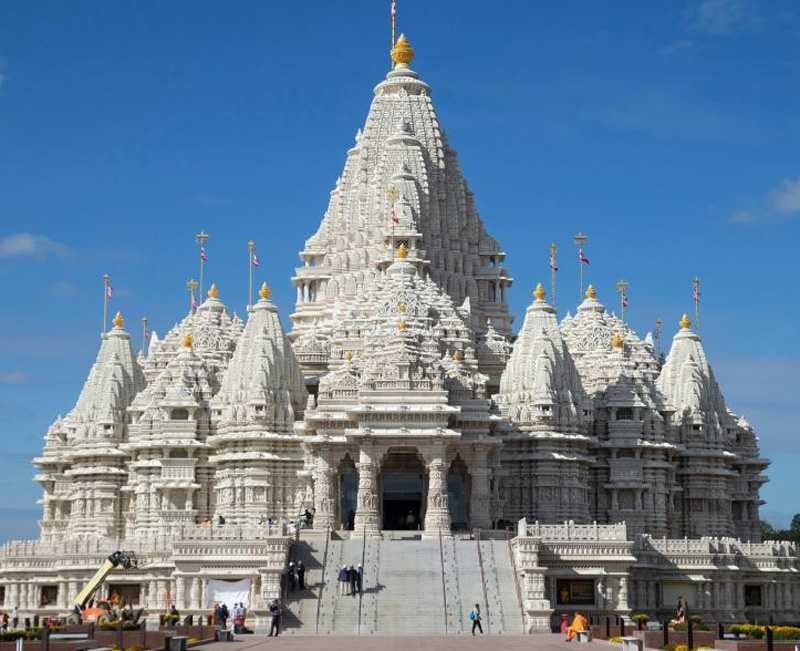
In the era of rapid advancements in embroidery machine technology, manufacturers can now create incredibly intricate embroidery designs that closely mimic the finesse of handmade silk embroidery. Chinese machine embroideries may appear strikingly similar to their hand-embroidered counterparts but come at a fraction of the cost. While some consumers are drawn to the affordability of machine embroideries, there are four crucial aspects that machine embroidery sellers typically don't disclose to their customers.
1) Origin Matters: Not All Chinese Machine Embroideries Are from Suzhou
Suzhou, renowned for its classical gardens and silk craftsmanship, has earned a distinguished reputation in China for producing high-quality silk embroidery. However, it's essential to recognize that silk embroidery is crafted in various cities across China, with Su embroidery, Xiang embroidery, Shu embroidery, and Yue embroidery being the most famous for their exceptional quality. Su embroidery, specifically crafted in Suzhou, is widely celebrated as the finest among these four styles. Many machine embroidery sellers claim that their products originate from Suzhou, an ancient city with a 2,500-year history, to bolster their credibility. In reality, the majority of machine embroideries are manufactured in Zhejiang province, which is distinct from Suzhou.
2) The Thread Truth: Synthetic Threads vs. Real Silk Threads
Machine embroidery sellers often assert that their products are composed of silk threads. However, it's crucial to discern that these silk threads are synthetic, not genuine natural silk threads. Authentic Chinese silk embroidery relies on hand-embroidered mulberry silk threads, which possess a lustrous and smooth appearance. Yet, true mulberry silk threads are delicate and fragile. Machine embroidery, with its swift and robust movements, frequently results in the breakage of these silk threads. Consequently, embroidery machines utilize significantly stronger threads capable of withstanding the rapid and forceful embroidery process. This choice of threads is one reason machine-made embroidery lacks the luminosity characteristic of genuine silk embroidery.
3) Mass Production: A Lack of Uniqueness
One of the unique selling points of silk hand embroideries is their handcrafted nature, guaranteeing the uniqueness of each piece. In stark contrast, Chinese machine embroideries are mass-produced, and your purchase is likely one of thousands of identical pieces. This uniformity arises from using a hand-embroidered original as the template for machine replication. As a result, the individuality and personal touch found in handmade silk embroideries are notably absent in machine-produced counterparts.
4) No Connection to Su Embroidery: A Misleading Association
Su embroidery, hailed as the pinnacle of silk embroidery craftsmanship, is produced by skilled artisans in Suzhou, China. It is exclusively hand-embroidered using fine silk threads on silk satin, celebrated for its vibrant colors, lively stitches, and meticulous needlework. Due to Su embroidery's esteemed reputation, many machine embroidery manufacturers claim to use Su embroidery as the foundation for their machine-produced pieces. However, it's crucial to understand that machine embroideries are fundamentally different from authentic Su embroidery. They are not crafted in Suzhou, do not employ silk threads, and lack the artistry of hand embroidery.
In summary, while machine embroideries may visually resemble their hand-embroidered counterparts, these four hidden truths shed light on the distinctions between the two. Knowledgeable consumers can make informed decisions, appreciating the rich heritage of hand embroidery while recognizing the value and limitations of machine-produced silk embroideries.
For more ideas and tips, please refer to the article How to Tell Hand Embroidery from Machine Embroidery.
by Su Embroidery Studio (SES), Suzhou China
SES is dedicated to Chinese Silk Embroidery Art and High-End Custom Embroidery
Find SES's embroidery work at Chinese Silk Embroidery for Sale.












